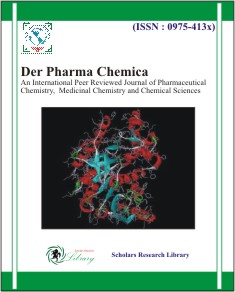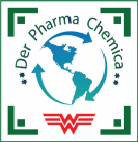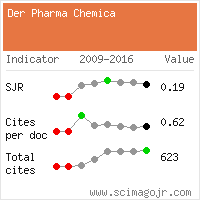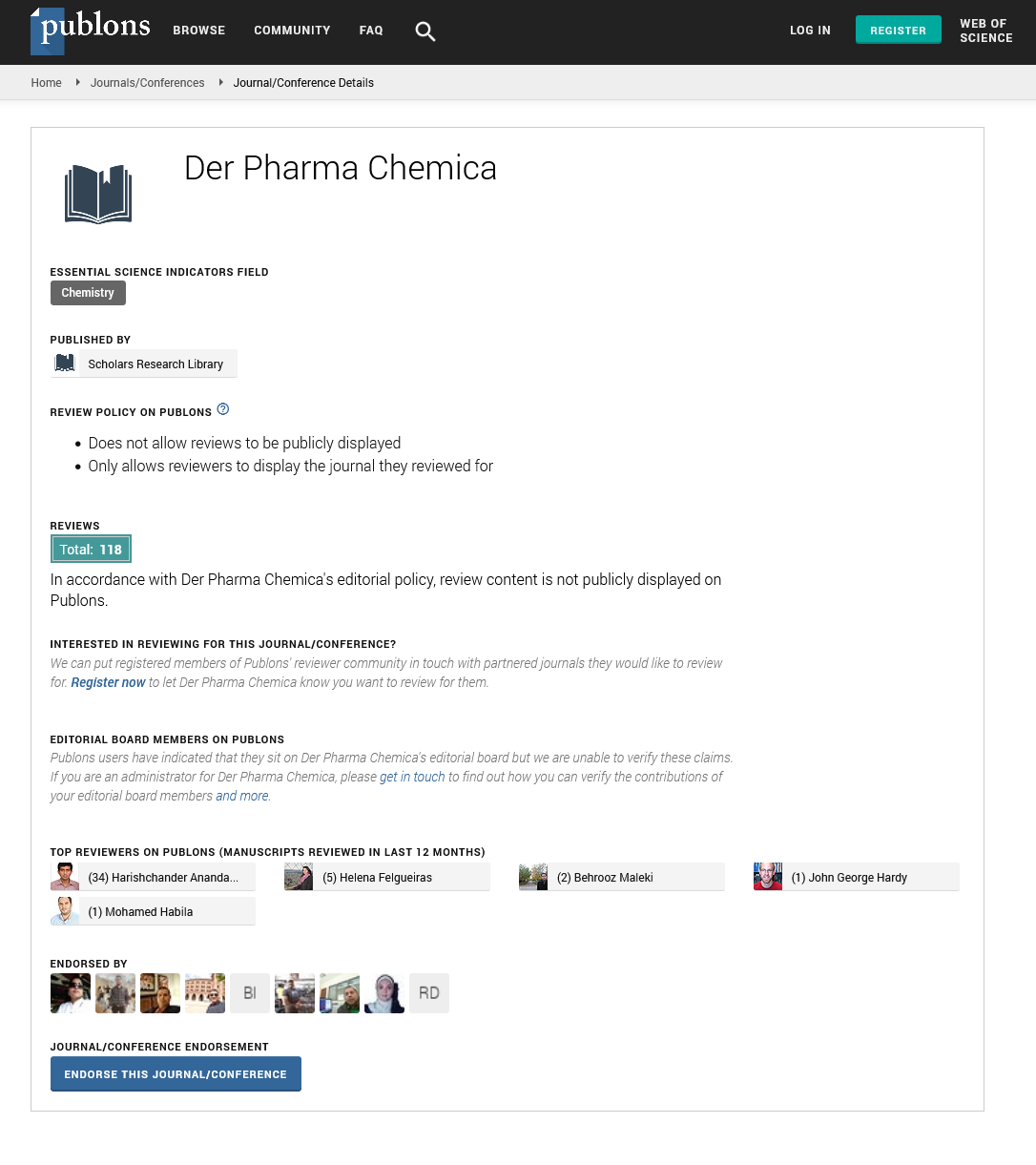Abstract
A Review on the Medicinal Significance of Nitrogen-Containing Heterocycles: From Natural Products to FDA-Approved Drugs
Author(s): Mahesh Parit*, Shrisail bellad, Shreekant Biradar, Smeta P, Suchitra T, Adarsh AHeterocyclic chemistry, particularly involving N-heterocycles, is a cornerstone of modern organic chemistry due to its wide-ranging applications in medicine, agriculture and industry. N-heterocycles are crucial components of numerous biologically vital substances and are prominent scaffolds in US-FDA-approved drugs and energetic materials, underscoring their significant role in enhancing human life quality. This review highlights the importance of N-heterocycles, showcasing their presence in natural compounds like purines, pyrimidines, amino acids and alkaloids and their historical use as medicines such as antibiotics and antimalarials. A key aspect of N-heterocycles in drug discovery is their ability to act as bioisosteres, enabling structural modifications that improve efficacy, selectivity and pharmacokinetic properties of lead compounds. Examples such as the bioisosteric replacement of amide functionalities with triazoles in HIV-1 inhibitors and the use of 1,2,4-triazole in alprazolam to reduce toxicity demonstrate this utility. Furthermore, analysis of FDA-approved drugs reveals that nitrogen-containing heterocycles are the most prevalent, with piperidine, pyridine and piperazine being the most frequently observed ring systems. Their continued relevance is evident in their inclusion in medications under clinical trials for COVID-19, such as hydroxychloroquine and remdesivir. This comprehensive overview emphasizes the indispensable nature of N-heterocycles in the development of pharmaceuticals and their ongoing impact on human health.
Select your language of interest to view the total content in your interested language
Google Scholar citation report
Citations : 15261
Der Pharma Chemica received 15261 citations as per Google Scholar report
Der Pharma Chemica peer review process verified at publons



